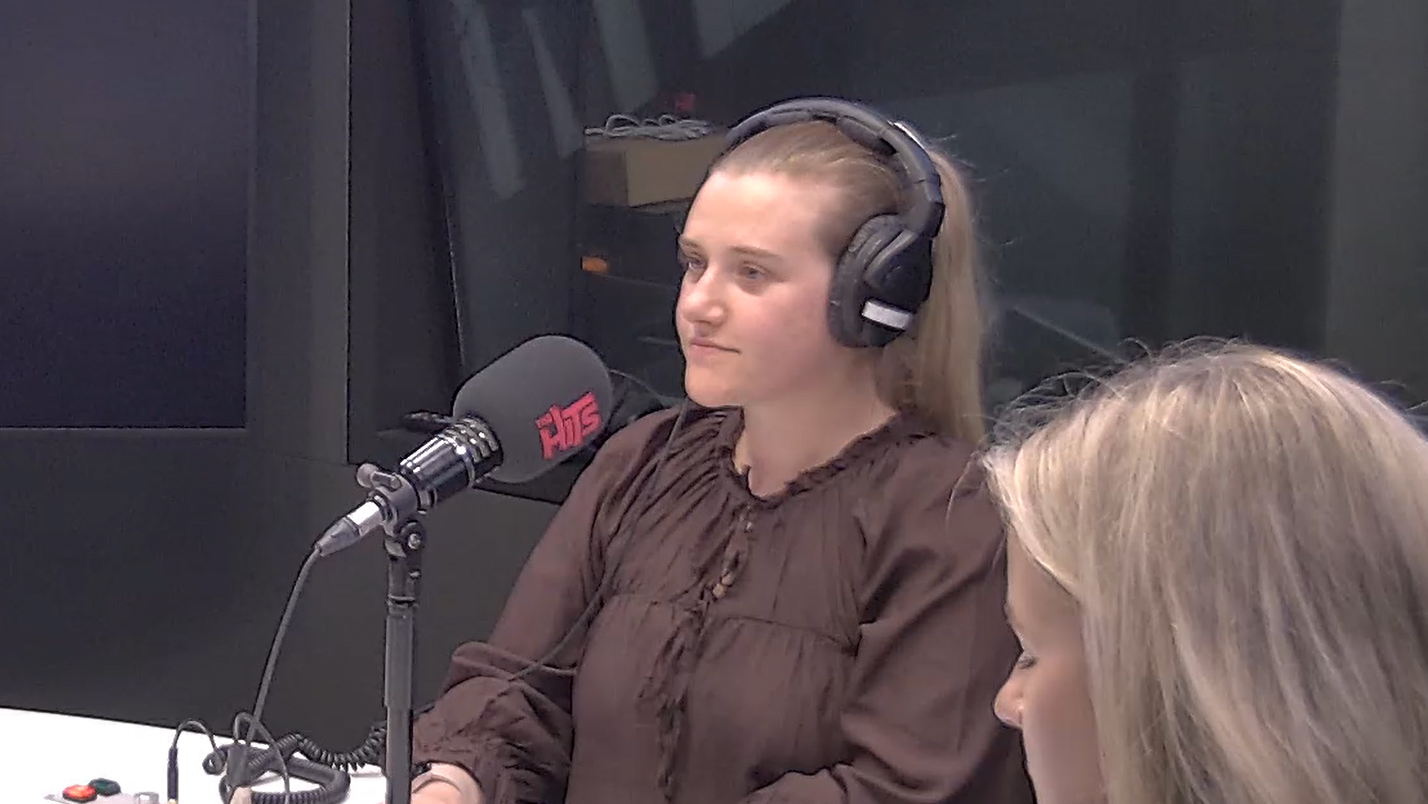Microsoft has been a key player in the gaming industry since the early 2000’s when it introduced the Xbox to compete against Sony’s PlayStation 2 and Nintendo’s GameCube. Over time, Microsoft’s vision of gaming has expanded from being primarily focused on consoles, towards a much broader gaming ecosystem, with 23 gaming studios, a Netflix-style subscription service called Game Pass, and more recently, cloud gaming. Microsoft’s latest acquisition of Activision Blizzard cements this vision.
The acquisition of Activision Blizzard is the largest purchase in Microsoft’s history, at almost US$70 billion (around 6 times the size of Fisher & Paykel Healthcare, New Zealand’s largest company). Incredibly, this is only 3% of Microsoft’s US 2.3 trillion-dollar market cap. If approved by regulators, it will result in Microsoft becoming the third largest gaming company globally, behind Sony and Tencent.
What is Activision Blizzard?
Activision Blizzard, a leading game developer and publisher, owns long-standing successful franchises including Call of Duty, World of Warcraft, Overwatch, Diablo, and Candy Crush, as well as some forgotten gems including Crash Bandicoot, Tony Hawk, Guitar Hero, and more. This intellectual property, along with Activation Blizzard’s innovation and development capabilities, has resulted in a loyal community of fans, with nearly 400 million monthly active players worldwide.
Why is Microsoft interested?
Microsoft’s Game Pass service lets subscribers choose from hundreds of games on Xbox or PC for a monthly fee of $13-20 (versus the traditional model of buying the game outright for $80). The service currently has 25 million subscribers. By adding Activision Blizzard’s popular titles, Microsoft believes Game Pass will be “one of the most compelling and diverse line-ups of gaming content in the industry” and will hopefully attract Activision Blizzard’s 400 million monthly active players to subscribe to Game Pass. More subscribers make Microsoft’s Game Pass service more attractive to third party game developers. Thus, a flywheel effect is created: more content equals more subscribers equals more third party game developers equals more content and so on.
The acquisition of Activision Blizzard also accelerates Microsoft’s ambitions for its newly launched Xbox Cloud Gaming service. This will see games hosted in data centres which could one day be streamed to any television or monitor without the need for consoles. While this may disrupt Microsoft’s own Xbox business, the company is already thinking two steps ahead to a world where people will no longer be forced to spend hundreds of dollars on a console or be tied to a specific device. In this world, content will be critical to attract gamers. Hence, the importance of Activision Blizzard’s high-quality content. It also just so happens that Microsoft is the second largest cloud company globally, with more than 200 data centres across 34 countries – very helpful when pursuing a cloud gaming strategy!
The acquisition will also be Microsoft’s first foray into mobile gaming (the largest and fastest growing category within gaming) and eSports exposure.
Finally, it would be remiss to ignore the buzzword that has been circling for some time now: the Metaverse. Gaming is likely to be the initial entry point to the Metaverse, with its engaged communities, use of AI headsets (such as Microsoft’s HoloLens), and social, virtual worlds. Microsoft believes Activision Blizzard will provide building blocks for the Metaverse.
There are some concerns around whether consolidation of gaming studios might hinder creativity and innovation, so Microsoft will need to ensure that these important elements are protected. Questions also remain over whether Microsoft will make any or all of Activision Blizzard’s titles exclusive to Microsoft to boost Xbox sales. However, longer-term Microsoft appears more focused on its broader gaming ecosystem strategy, than trying to sell a few extra console units.
Why now?
It’s clear that Activision Blizzard’s intellectual property is considered unparalleled in the gaming world, making it an excellent strategic fit for Microsoft. Timing-wise, Microsoft took advantage of Activision Blizzard’s share price being down 45% from its peak. This was due to several factors including talent departures and hiring challenges amid a deteriorating workplace culture. Channel checks also indicated major pending title launches for Activision Blizzard were slipping into 2022 due to poor execution and the broader challenge of creating great gaming content during a working-from-home environment.
However, with the strong leadership of Microsoft’s executive team, its ability to turnaround culture and retain or replace talent, as well as the scale and financial resource to invest in innovative content and distribution, Activision Blizzard’s future arguably could be brighter than ever under the Microsoft umbrella. And, if approved by regulators, Microsoft may have just made the perfect acquisition to execute its vision of a post-console gaming world.


